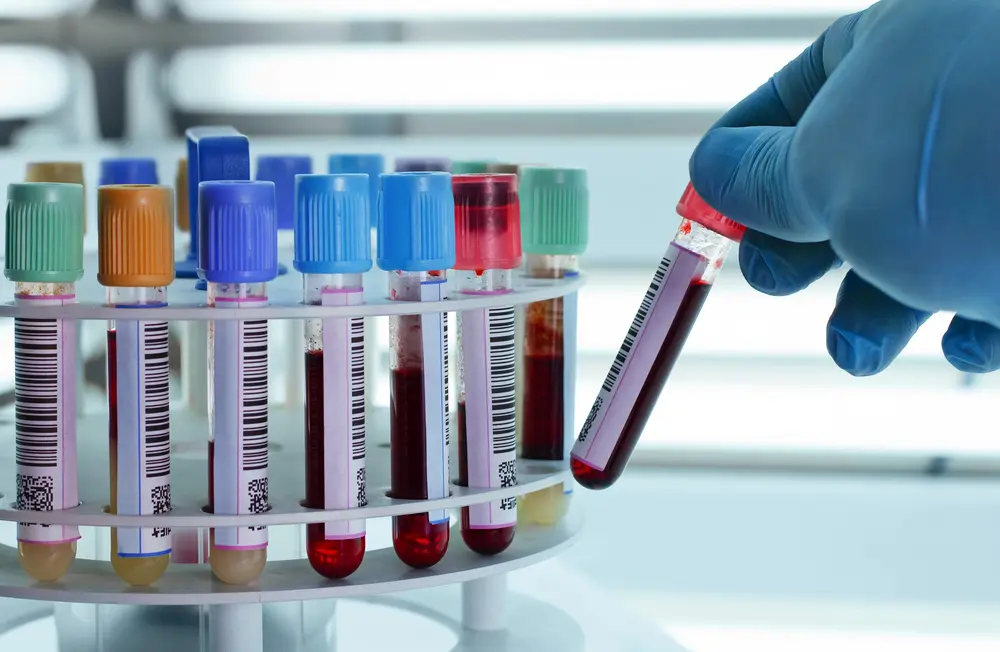
Labs are essential for both hospitals and research facilities; without them, there would be no vaccines, test results, antibiotics, updated information, or new products.
There are distinctive differences between hospital labs and research labs. Hospital laboratories deliver faster results as they are urgently needed to help the patient. Results in a hospital laboratory are typically given within 48-72 hours after a blood draw.
In a research lab, specimens can be analyzed even further. When there is a disease outbreak, research labs can identify their origins, the paths they will take to spread, who will be affected the most, and how they can cure the disease or come up with a vaccine. Research labs, however, are not always for disease research; they can also be used for seeds, crops, pharmaceuticals, and other materials.
Like all workplaces, laboratories have guidelines to protect their workers and the people they are helping. Labeling errors have been known to put patients at risk for misdiagnosis, medication errors, and even transmission complications, such as giving the wrong blood type or coming into contact with allergens or diseases. By using labels, labs can ensure that vital information is reported.
Hospitals and research labs have different labeling practices. However, when it comes to labeling specimens, all labs must include the following information on the label in order to be accepted:
If any information is missing or mislabeled, the specimens will not be accepted. While labeling sample tubes are the same, there are differences between the two practices.
While in the research labs, technicians are dealing with more caustic materials such as acids and bases. If not labeled correctly, these can have dangerous and life-threatening results.
When it comes to efficient labeling in any laboratory, it’s highly recommended to use a laboratory information system and a thermal printer to print data directly to a preformatted label. A laboratory information system (LIS) is a software system that records, manages, and stores patient data for laboratories. This data is then used for patient tracking, decision support, ordering tests and specimen tracking, quality assurance, reporting, billing, and ultimately workflow management.
Nev’s Ink system labels come preformatted for many of the popular LIS systems, including Cerner, Sunquest, Meditech, and more. If your lab uses a unique software or format, we can design the label to fit your needs!
At Nev's Ink, we carry high-quality labels for hospital and research labs. Our labels are compatible with various printers such as Dymo®, Zebra®, laser printers and more. We also carry sterile, alcohol-resistant, and dissolvable labels.
We understand that hospitals and research labs need labels right away; that is why we have created a process that allows us to ship pre-made labels within 24 hours. We also know that keeping costs low is just as important; we operate at a low cost so we can pass those savings onto you. For more information on our labels, visit our website or give us a call at 1-800-638-7465. We will answer any questions you may have. Contact Nev's Ink today!